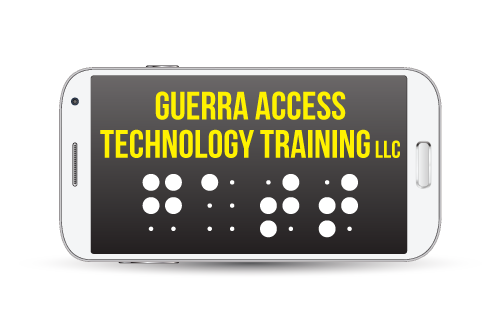In an ideal world, products and services would be designed so that every person experienced them in an equitable and comparable way. However, sometimes it is necessary to justify to stakeholders why the proper time, money, and resources need to be dedicated to embed accessible practises.
Reputation
Digital accessibility is an essential part of every product and service. People with disabilities make up around 20% of the global population which is a significant portion of your potential customer base. Once we include both situational disabilities (a scenario where someone needs specific accommodations) and temporary disabilities (for example, a broken arm), that number is vastly increased.
There is no magic number that can be directly linked to a company’s return on investment. Likewise, creating a product that is compliant with the Web Content Accessibility Guidelines WCAG is not an exact science.
However, there are many reasons why it’s beneficial to focus on thoughtful design and to create something that is intended to include, rather than exclude, everyone in your target audience.
After all, a truly inclusive user experience can’t be measured and little is more important than brand reputation and customer loyalty.
Financial
It is important that your teams allocate the correct amount of time and resources to incorporate accessibility planning into every stage of your development lifecycle, not merely bolting it on to the end. This can avoid expensive mistakes that are difficult to remedy, and is by far the most efficient and cost-effective method for designing a product that is inclusive to all.
This responsibility does not rest solely with your developers. Every member of the team can take an active role in ensuring the accessibility of a product.
Legal
Every organisation has a legal responsibility to make sure their site is accessible. The legislation will vary depending on the location and the product or service, and the type of the organisation. For a list of relevant legislation, broken down by location, read
It could be costly, time-consuming and reflect badly on the company as a whole if these standards are not met and a case is brought forward against them.
Ethical<.h2>
To include people with disabilities is undoubtedly the right thing to do. Many companies have a focus on being ethical and inclusive, and want to reflect that in their diverse workforce. An accessible website or app reflects these values and empowers your employees and customers to use an ethical product you can be proud of.
Excellence
Your site will be more readable, more easily operable, and clear. Good websites and apps, designed with accessibility in mind, work smoothly across multiple platforms, and are used in a wide range of circumstances.
As the World Wide Web Consortium (W3C) puts it so succinctly;
Web accessibility: essential for some, useful for all.
Next steps
If you want to learn more about embedding accessibility sustainably and permanently throughout your organisation, then read the Sustainable accessibility blog post.
Felicity Miners-Jones
Felicity is a Project Manager at TetraLogical. She has over nine years’ experience in management consultancy, working for companies such as Breakthrough Global running projects and productions with a heavy focus on web-based training for clients dispersed across the globe.
Felicity is a communication and behavioural learning specialist, comfortable working in a range of settings to provide intensive communication skills training, one to one coaching, seminar facilitation, and specialist mental health training. She has a creative background and previously founded and ran her own theatre company where she created and delivered a wide range of productions, workshops, and fundraising events. She also has experience working in the care sector, including domiciliary and hospice support.
